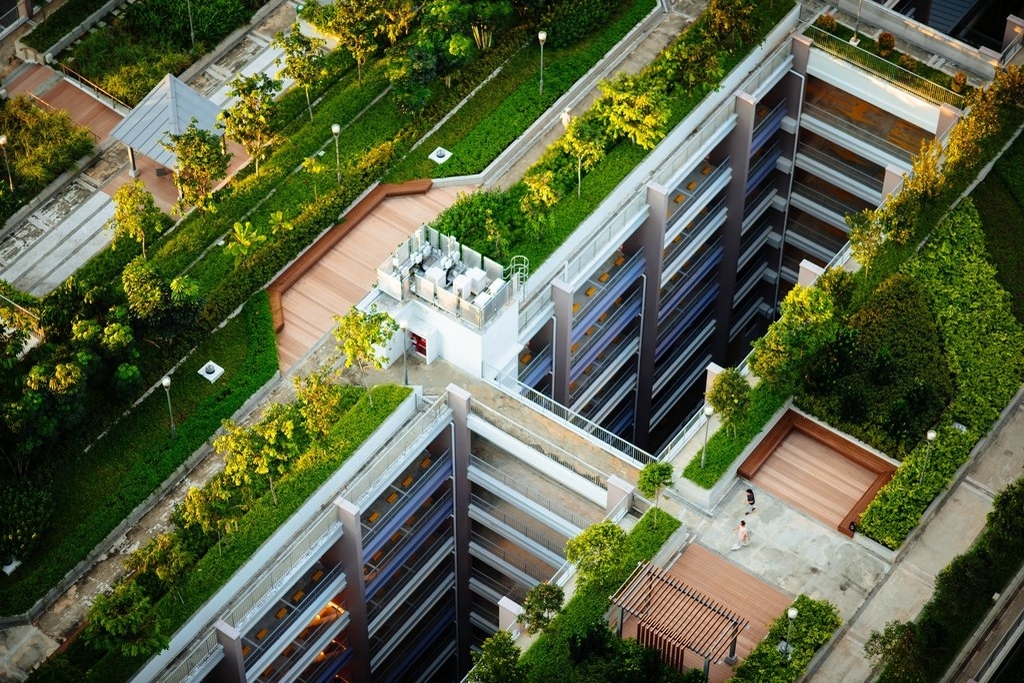The 8-Minute Rule for City Blooming
The 8-Minute Rule for City Blooming
Blog Article
City Blooming Can Be Fun For Anyone
Table of ContentsThe Greatest Guide To City BloomingCity Blooming Fundamentals ExplainedNot known Details About City Blooming City Blooming Fundamentals ExplainedFacts About City Blooming Revealed
Interested in growing food offer for sale in the City of Chicago? Thinking of beginning an area yard? Modifications to the Chicago Zoning Regulation enable agricultural uses like neighborhood gardens and urban farms in lots of parts of the city. Below is a list of often asked concerns concerning the guidelines and laws that farmers ought to think about when planning a metropolitan farming project.
The zoning amendment does not customize any various other codes handling composting, structure licenses, acquiring or leasing City had home, organization licenses or environmental contamination. There are existing codes that manage these issues and they continue to be completely impact and may apply to your project. Neighborhood yards are commonly owned or handled by public entities, civic companies or community-based companies and maintained by volunteers.
Urban ranches expand food that is planned to be offered, either on a nonprofit or for-profit basis. Due to their business objective, urban farms call for an organization certificate.
The 8-Minute Rule for City Blooming
Composting is enabled however only for plant material that is created and utilized on site. The quantity of garden compost product can not go beyond 25 cubic backyards at any kind of provided time according to the standards in 7-28-715 of the City's Municipal Code. Yes. Because the dirt at many brand-new yard sites needs amending, garden compost, dirt, timber chips, or other products can be obtained to build or enhance the expanding room - container and raised bed gardening etc..

If a structure license is needed after that the hoophouse will certainly be taken into consideration an accessory building. You can discover even more about the structure permit needs by contacting the Department of Structures. The 25,000-square-foot dimension limit is meant to avoid a solitary community yard from dominating an offered block or taking away from the block's existing domestic or commercial character.
The limitation does not use to yards located in Public Open Area (POS) areas. Can there be even more than one neighborhood yard that is 25,000 square feet on a single block? Fence is not needed, however, yards that have large car park areas may be needed to mount fencing or other landscaping features.
City Blooming for Beginners
B1 & B2 areas need that all industrial use tasks be carried out inside your home. Is fence required for city ranches? Fences may be needed, along with landscaping and testing, for specific car parking locations and outside job or storage areas depending on area and the certain activity taking area.
Yes. Urban ranches require structure permits and zoning approvals before building and construction. Various other kinds of city review might be called for depending on specific frameworks, tasks, dimension, landscaping, licensing, public health and stormwater monitoring problems. Most of these needs are recognized in the job layout or allowing process, however, the candidate may be responsible to independently identify details licenses or allows that may be required.
The Division of Business Affairs and Customer Security can assist determine the details type of service certificate that's called for. Off street parking is required for the majority of commercial projects in Chicago. The needed number of parking areas is based on the number of staff members working on site and not the square footage of the growing room.
Rumored Buzz on City Blooming

Yes. An urban farm can market garden compost product produced on website, nonetheless, the operation needs to abide with useful reference the regulations in 7-28-715 of the Chicago Municipal Code. Yes. Aquaponic systems are enabled indoors on metropolitan farms in numerous zoning areas. Nonetheless, a zoning review and building permit is needed in order to mount structures or systems and an organization certificate is needed as explained above.
Approximately 5 hives or colonies of honey may be kept as an accessory usage. Nevertheless, beekeepers have to sign up with the Illinois Department of Farming. To learn more concerning the proposed zoning modification you may get in touch with the Department of Real Estate and Economic Advancement, Bureau of Planning and Zoning at 312.744.8563.
, which takes location in country areas at the edge of suburbs.
The Facts About City Blooming Uncovered
, that look for to develop social networks founded on a common principles of nature and area holism. These networks can establish by means of formal institutional assistance, ending up being incorporated into regional town planning as a "shift town" motion for lasting urban development.
Some of the very first proof of metropolitan farming comes from Mesopotamia.
Report this page